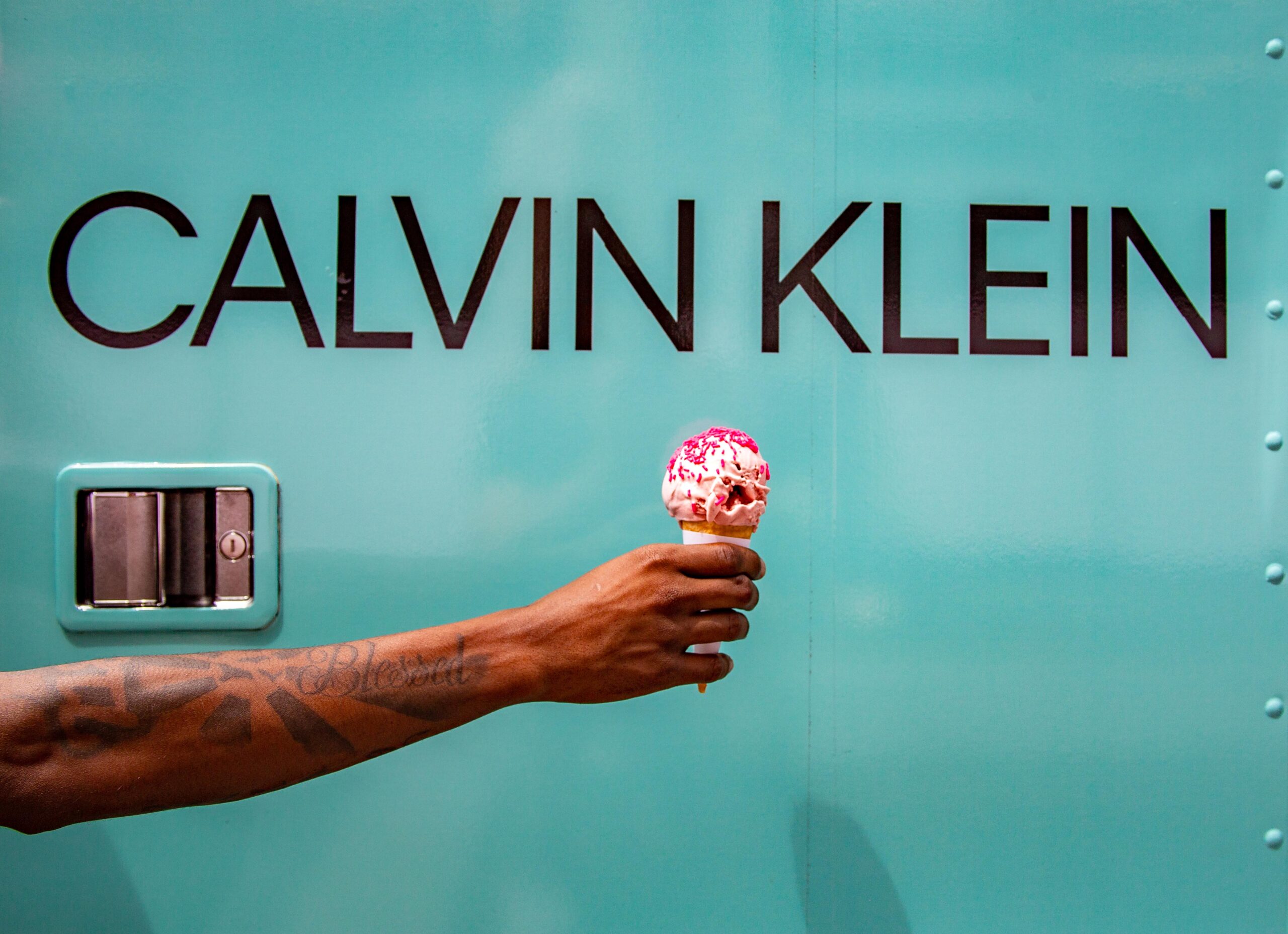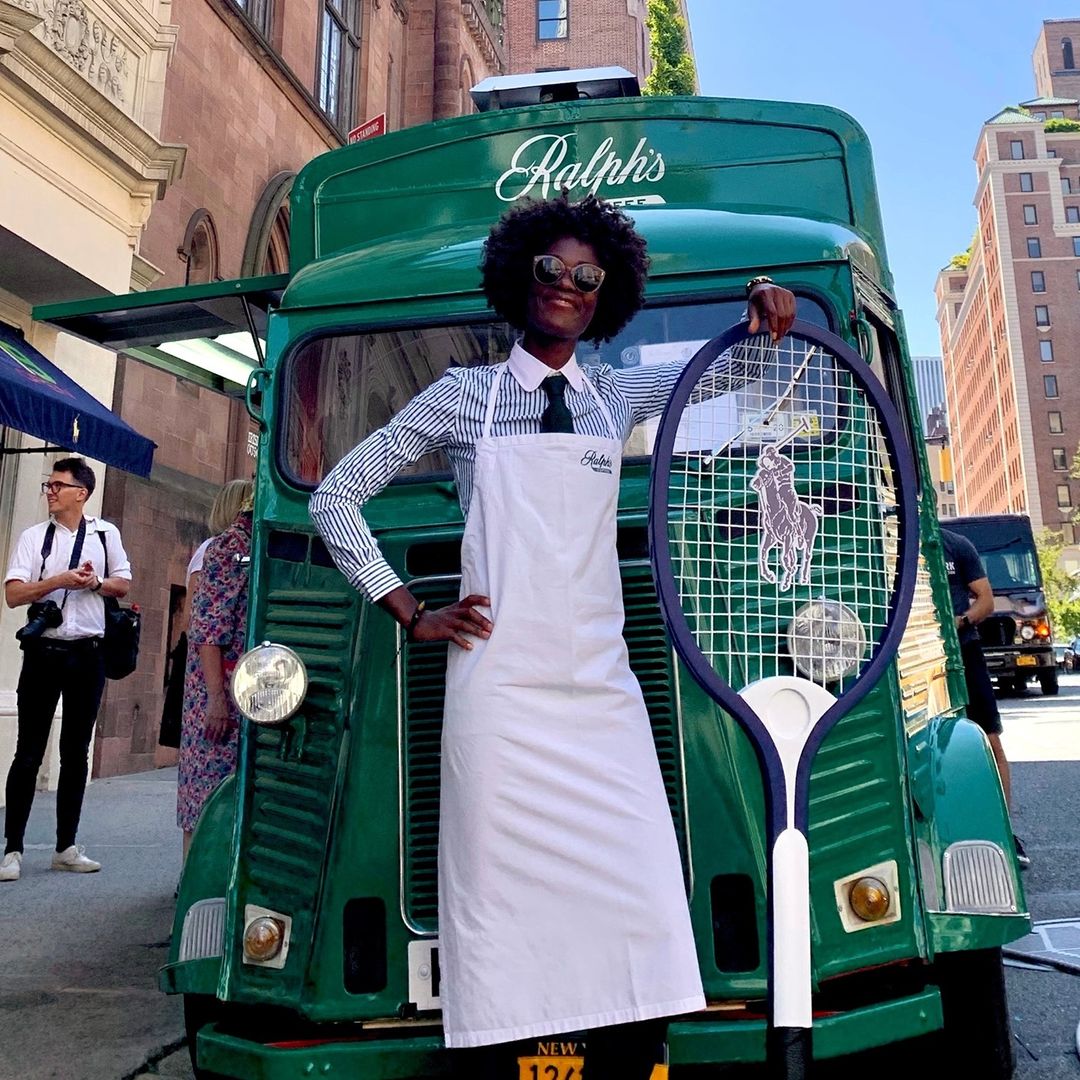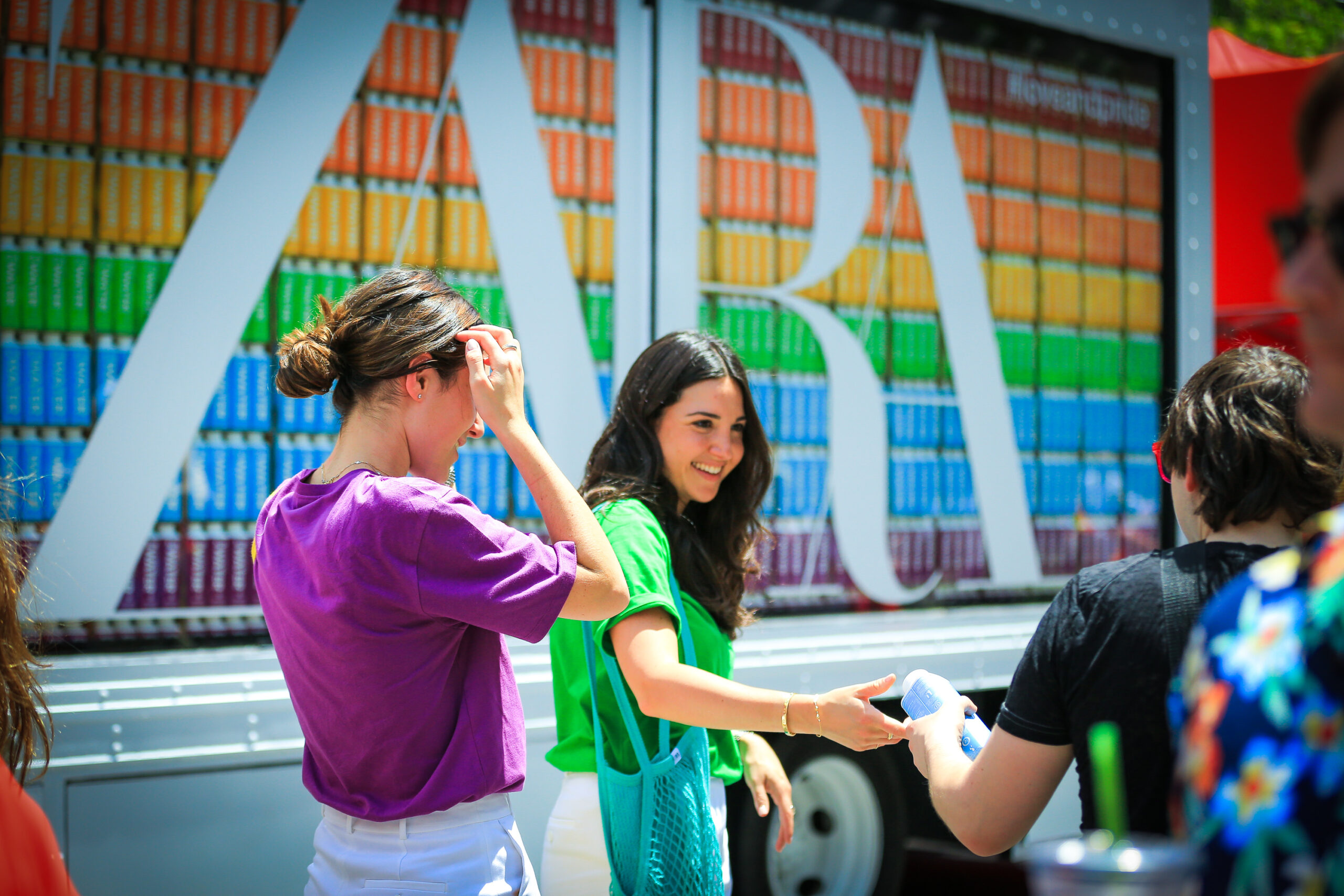What makes a memory? When you feel the rough texture of wool, what makes you think of winter? When you smell fresh cut grass and the playful aroma of daffodils, what brings you back to spring? How can the smell of chocolate-chip cookies remind you of the laughter of grandparents? The answer is sensory memory.
Sensory memory is one of the more powerful ways our brains associate thoughts and emotions with a memory. Memories are most commonly associated with what a person sees, closely followed by what one can hear. The marketing industry has nearly reached the limits of what it can do with these two senses, and those efforts are what makes up the majority of traditional marketing strategy.
But what about the others? What about engaging potential customers and clients with other senses, like taste and smell? The true depth of sensory marketing has only begun to be explored.
The Science of Sensory Marketing
In recent years Sensory Marketing has been extensively studied by the country’s top research scientists to see why the senses are such a powerful advertising tool. What they have found is that our brain’s unconscious desires and innate decision making can be powered by something as simple as the temperature of a beverage, or the scent of a room. With sensory marketing, you have to look at details previous generations wouldn’t even think to tinker with.
The best part of these subtle choices is that they aren’t seen as marketing at all. You wouldn’t enter a building that smelled of chocolate and become annoyed by the obvious olfactory sales pitch. You’d be delighted by the aroma of cocoa beans, maybe get lost in the memory of some family vacation where your parents bought you a delightful bar of chocolate, and before you know it, you’re walking out with a pound of fair-trade confections.
That’s the power of sensory marketing: you aren’t smacking consumers over the head with a bulky advertisement, you’re allowing them to enjoy a taste of nostalgia in a comforting environment. The way to do this is to engage those less focused on senses. Let’s start with the one that is often overlooked: your nose.
Scent Marketing: Why it works, and how you can use it
When you think of senses, smell is often an underrated feature of the human experience. There is great importance to seeing, hearing, and feeling something, but what about our noses? With more and more studies showing that people’s sense of smell plays a large role in how they develop and solidify memories. A close connection has been found between the sections of the brain that dictate emotion, memory recall, and our olfactory senses. What does this mean? Basically, a smell can not only bring you back to some cherished moment in the past, but how you felt when you were there.
The chocolate example above does well to service this point, but that is just the tip of the iceberg. Scent Marketing, or Aroma Marketing, is about choosing a fragrance that puts the customer in that buying mood. Depending on your product, you have to strategically set up what scent environment works best for that particular item.
With businesses like a candle shop, this may be more obvious. If summer is around the corner, having an apple-pie scent wafting from your shop will draw in customers with memories of pies cooling on window sills. But with other products, it may not be that simple.
If you run a car dealership, smell may be the last thing on your mind. You want to show potential customers the car’s features, the benefits of an extended warranty, and the safety rating of a given vehicle. But by creating a pleasant scent in your dealership, you can increase the amount of time car-buyers spend in your shop.
The longer they stay, the higher chance they will make a purchase. An enjoyable aroma causes those walking the showroom floor to positively associate that smell with your brand, giving them an overall better experience inside your business.
Taste Marketing: Tip of the Tongue Tips
Along with smell, taste is not always thought about when developing sensory marketing campaigns. For food brands, taste marketing is the name of the game . Having a unique flavor that your consumer can associate with your brand is paramount to establishing a connection with those all important memory centers in their brain.
Classic examples of these connections exist throughout popular culture: a certain soda brand conjuring images of childhood birthdays, the crunch of a french fry leading us back time and time again to the golden arches, the list goes on. Positioning the taste of your product to invoke that valuable nostalgia present in all consumers is important.
But what if you don’t have a food related product? Can you still utilize taste marketing in your campaign or strategy? Absolutely! Let’s look at a common practice you’ve probably seen in auto body repair or tire stores, and never thought twice about: Popcorn machines.
Car tires have absolutely zero to do with taste, but somehow brands like Les Schwab have found a way to associate the delicious salt and crunch of popcorn with their brands. Customers get the comfort and enjoyment of a tasty snack, and are subconsciously drawn back to that shop when it comes time to buy a new set of tires.
Examples like this show that Taste marketing can be approached from a number of angles. Whether it’s offering samples to get those hooks into customer’s taste buds, or having fresh brewed coffee available for any who come through the front door, taste is one of sensory marketing’s strongest tools.
The future is Sensory Marketing
The world of marketing is a constantly shifting and changing landscape. Keeping up with new trends is difficult, but absolutely vital if you want to remain ahead of the game. Newer forms of sensory marketing are growing at a rapid pace, and the need to employ these tactics for successful campaigns is becoming apparent. If you want your brand to succeed, and your product to reach the masses, the answer is clear: Sensory Marketing is the future.
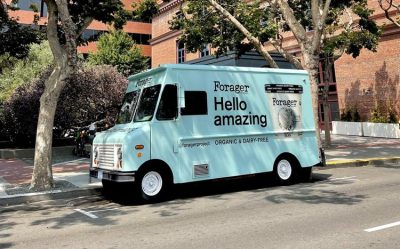
Creating Connections: How Experiential Marketing Can Change Your Business in 2025
“The purpose of life is to live it, to taste experience to the utmost, to reach out eagerly and without fear for newer and richer
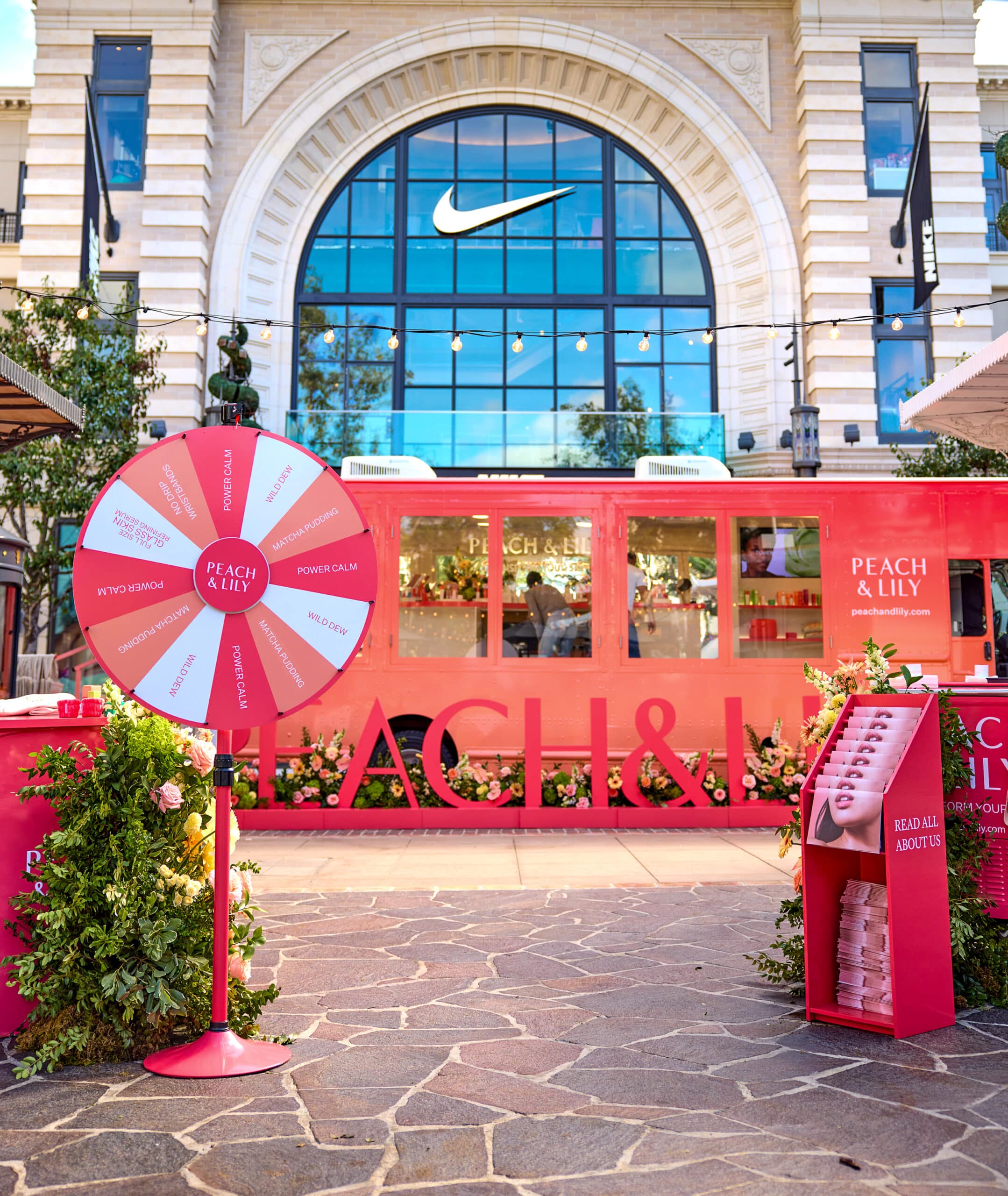
Top 10 Best Pop-Ups of 2023
It’s been a big year here at Food Truck Promotions. With the holidays on the horizon and the new year quickly approaching, we’ve been looking
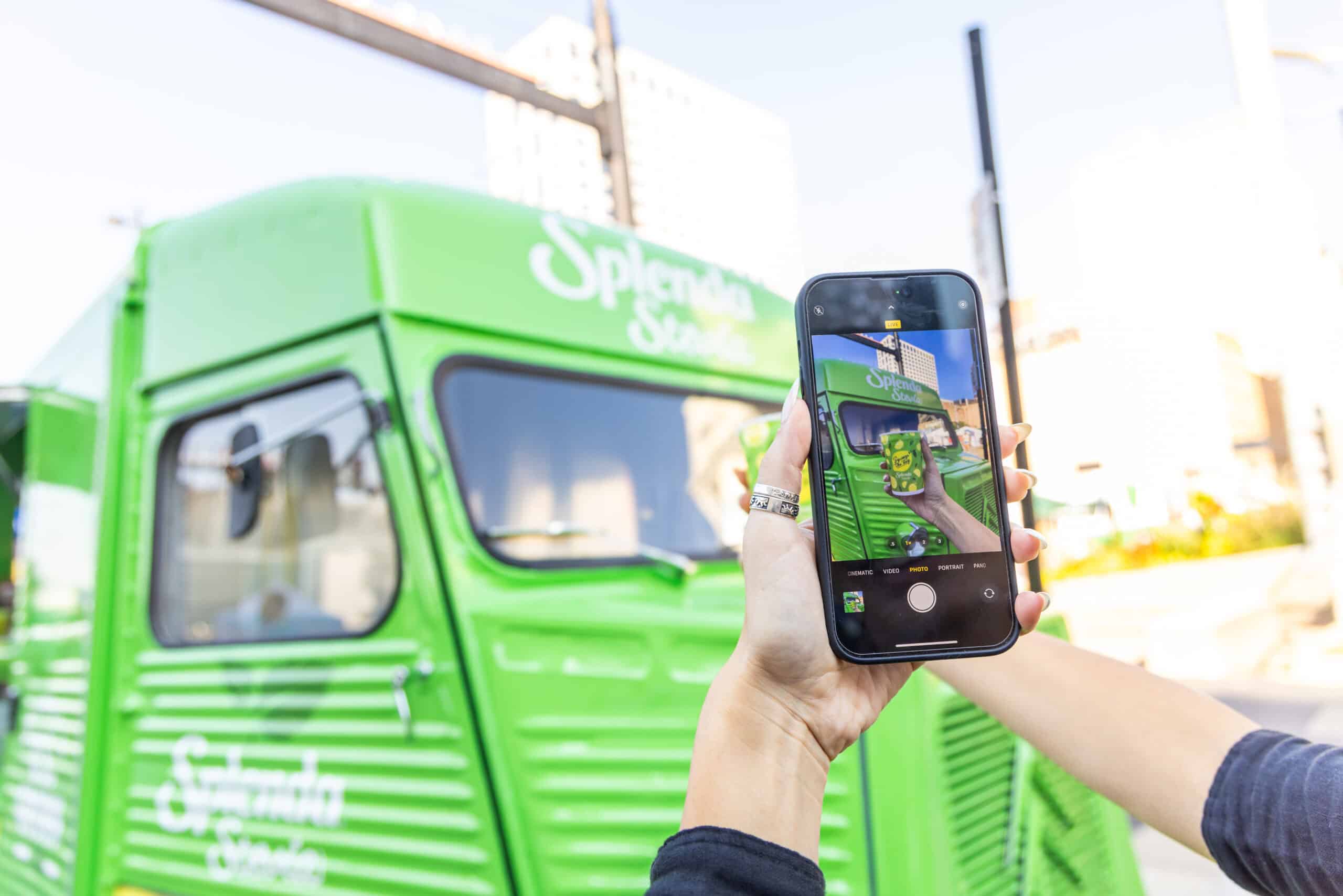
Creating Experiences That Drive UGC
Why UGC is a Key to Successful Modern Marketing If you are interested in modern marketing, you already know that the advertising world has dramatically
